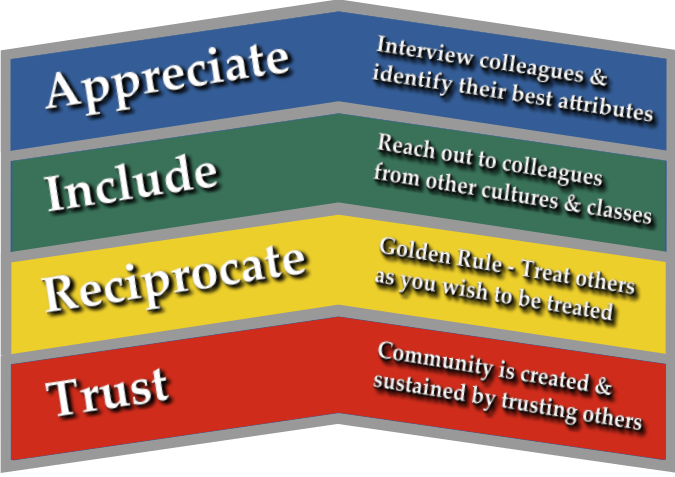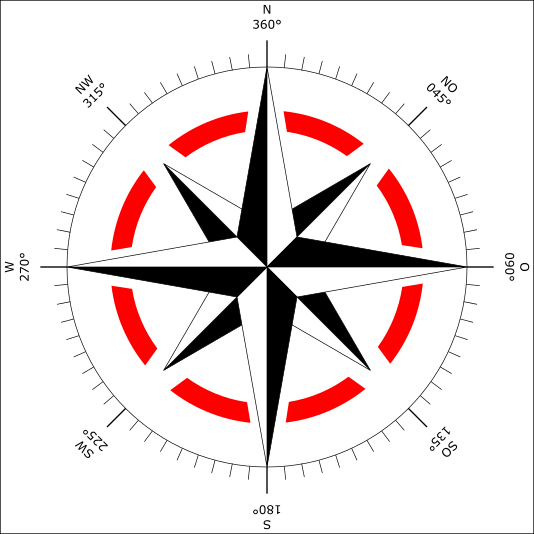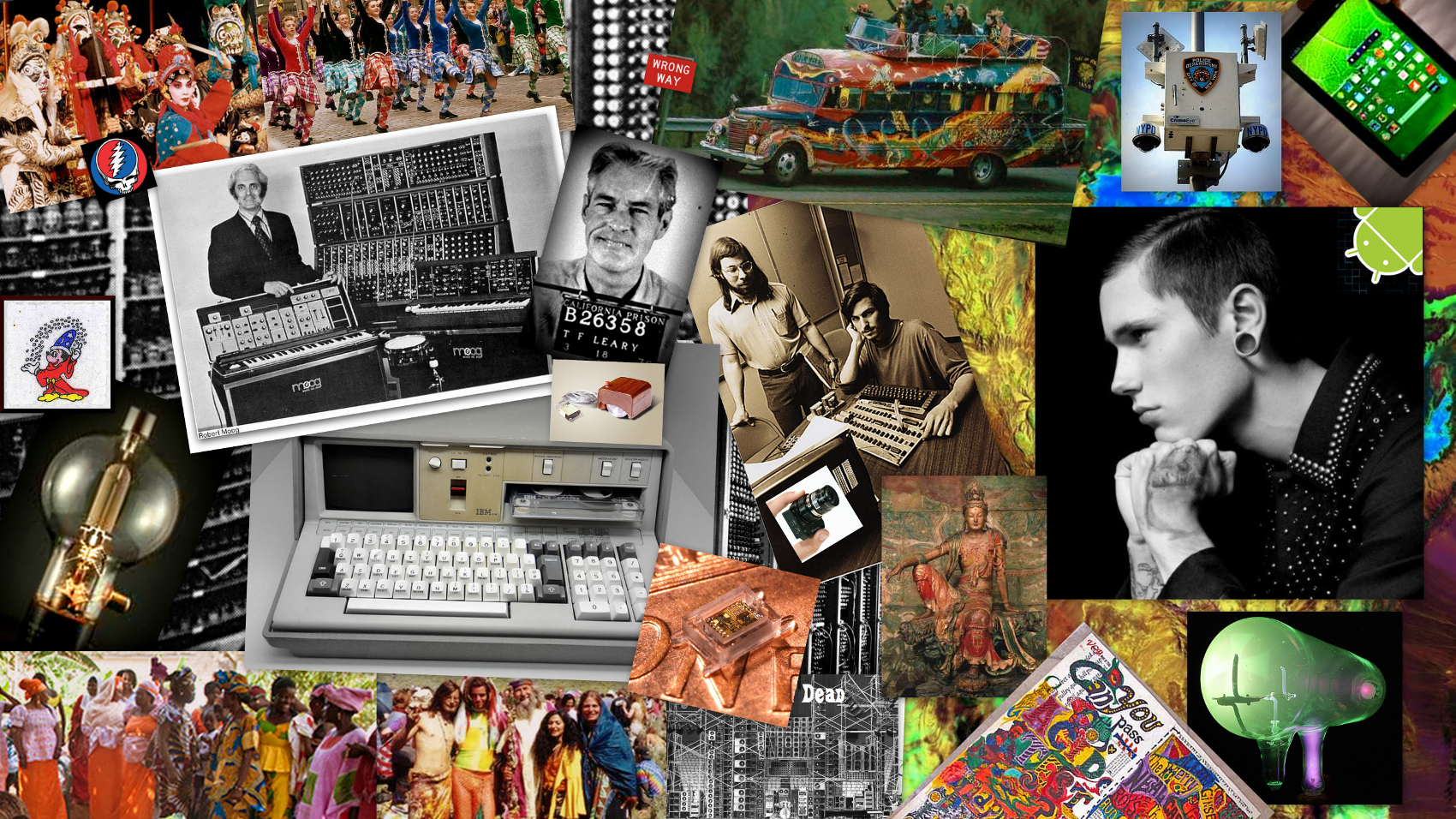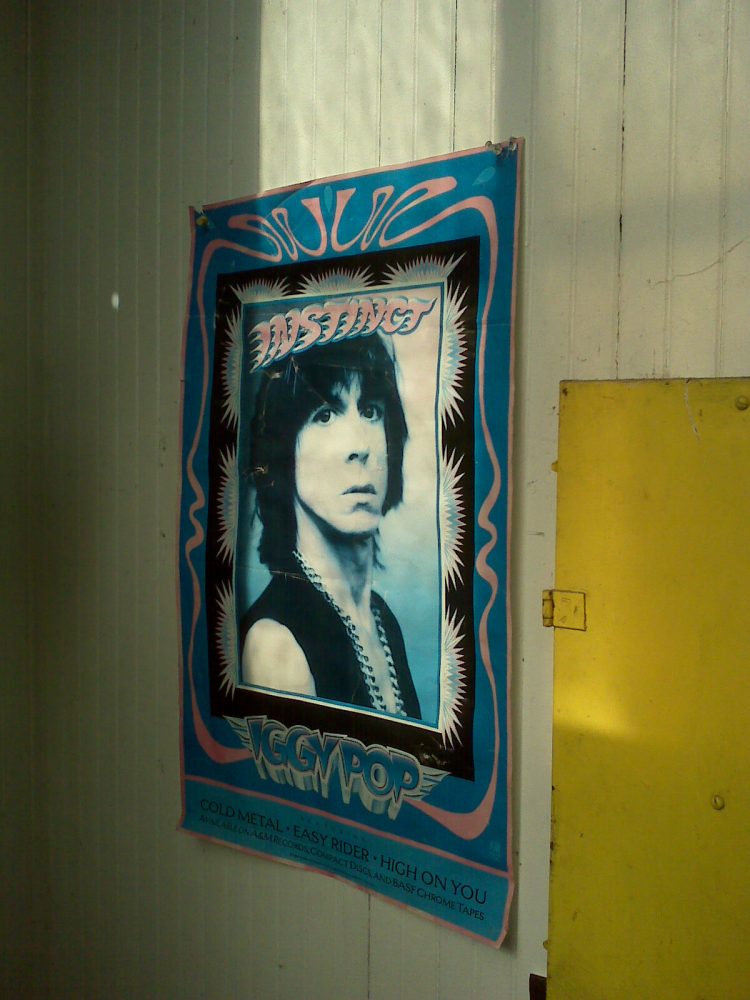My ePortfolio contains evidence of my lifewide experiences, lifetime of Open Heutagogy (self-directed learning), Digital Storytelling, Reflective writing, and Connectivist practice. And my glass.
Photo by Adina Voicu from Pixabay CC0
An ePortfolio goes beyond simply collecting and storing artifacts. It leverages the unique potential of digital technologies to make connections between, and allow reflections upon, multiple experiences in ways that would not be possible with a traditional portfolio.
The ability to connect standards, learning principles, experiences, and beliefs provide the opportunity to create layers of reflections and develop narrative themes. (Parkes, et al.)
A new learning future is emerging with faculty, students, learning technologists, and adult learners collaborating to use digital technology to create open education resources, personal learning networks and new ways to communicate on the semantic web. A significant issue to be addressed as we move forward is building trust with people we have never met. Trust comes up first in institutional assessment and credentials but is necessary for meaningful communication with other learners. We are now seeing trust as a crucial issue across the culture, especially concerning educational institutions, journalism, and social media.
In the collaborative book Effective Social Learning, G Brooke Lester borrows a concept from a discussion at infed.org, an informal education website, on “What is Community?” Three criteria are identified as necessary for social learning: tolerance, reciprocity, and trust. Reacting to the word tolerance as a begrudging acceptance, Lester replaces tolerance with acceptance and creates the memorable acronym ART. (Loewen, et al., 42-43)
Drawing on Dr. Bruce Johnson’s extension of Appreciative Inquiry into his theory of Appreciative Andragogy, I have replaced Lester’s ‘acceptance’ with appreciation. For exploring connectivism learning theories, I have extended this model to address my multicultural community’s needs.
I propose four conditions are necessary for self-directed open learners to develop learning communities:
- Appreciation
- Inclusivity
- Reciprocity
- Trustworthiness
Airt is a Scots (Gaelic) word that means both the point of a compass and the direction being pointed toward. It also means giving direction to travelers needing help finding their way.
Communicating across different cultures can be difficult. We learn through dialog, interviews, and collaboration. It takes work to identify common ground and appreciate the strengths each person brings to a conversation.
We need to make time to identify learners which are not in our communities and make the effort to include their voices. This takes more than an invitation; we need an ongoing initiative for inclusion.
Everyone is very busy, but we need to reciprocate our peers’ efforts and honor our commitments. While the unexpected often happens, others are counting on us to do what we have agreed to do.
These actions demonstrate our trustworthiness over time, and trust is the most important factor for all types of learning. Trusting each person’s contributions will be appreciated allows us to build learning communities around the world.

After years of tolerating higher education’s distance learning models, I’m convinced AIRT is essential to building a personal learning network to support my open online connectivist learning.
Resources
Loewen, Nathan et al. Effective Social Learning: A Collaborative, Globally-Networked Pedagogy. 1st ed., Fortress Press, 2014.
Parkes, Kelly A. et al. “Eportfolio As A Measure Of Reflective Practice”. International Journal Of Eportfolio, Volume 3, no. 2, 2013, pp. 99-115. ERIC, https://eric.ed.gov/?id=EJ1107797. Accessed 19 July 2018.
“What Is Community?”. Infed.Org, http://infed.org/mobi/community/. Accessed 1 May 2018.
.




